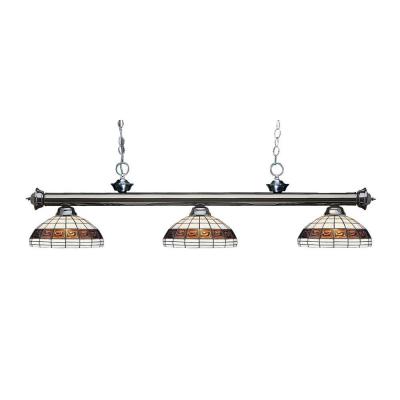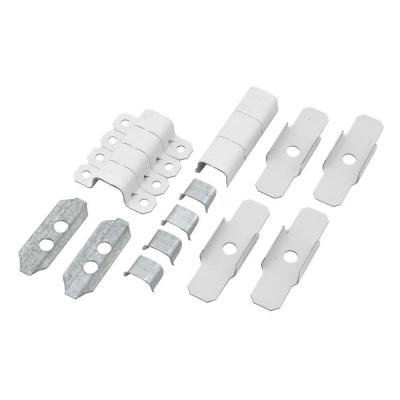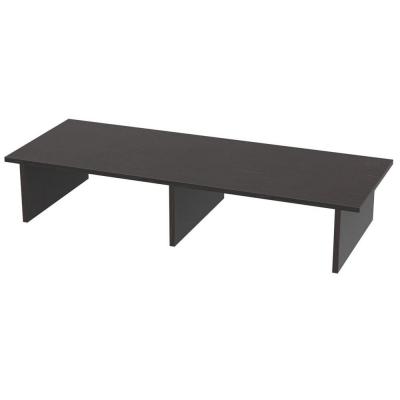Solar energy is taking off. In the first quarter of 2015, solar accounted for half of all new electricity production in the United States. That's great news for consumers, because a good deal of that energy is generated by residential solar panels, which reduce the amount that homeowners pay for electricity. These sun-loving panels aren't just for experts and electricians – they are becoming ever-more accessible to the average homeowner. Read on to learn more about how the industry is heating up and how you can come along for the ride.
Prices Falling, Installations Rising
Solar, as well as its renewable energy cousin, wind, are poised to produce an ever-increasing share of the nation's energy in the upcoming decades. That's game-changing for the environment, because neither source requires fossil fuels to produce. Furthermore, an economy based on renewable energy should theoretically reduce destabilizing fluctuations in energy prices because the fuel for wind and solar is free, unlike coal, oil and natural gas.
The trend is already picking up steam. The residential solar market grew by 76 percent this year compared to the first quarter of 2014, according to a report by Solar Energy Industry Association (SEIA) and GTM Research. About 645,000 homes and businesses across the nation are hooked up to solar, according to SEIA, and the installation price has fallen by 73 percent since 2006. At the projected rate of growth, the nation's capacity could double in as little as two years.
An Electrician's Dream Come True
The data give “a clear glimpse into the future role that the residential sector will play as a primary driver of not only solar market growth, but the overall electricity generation mix,” Shayle Kann, Senior Vice President at GTM Research, said in a press release. “In the first quarter of this year, the U.S. installed more residential solar than natural gas, and solar on the whole accounted for 51 percent of all new electric generating brought online. We expect more than three million residential solar installations over the next five years.”
Consumer engagement is another reason for optimism. As homeowners take proactive steps toward controlling their own energy through solar, experts expect that people will also take an interest in other efficiency technologies like electric cars, smart homes and energy-efficient appliances.
Sign Up for Solar Today
Homeowners have multiple options available to help them invest in solar energy on their property. Federal tax credits will refund up to one third of installation costs through the end of 2016. Furthermore, companies like Direct Energy Solar are offering leasing options so that consumers can enjoy the savings from solar panels while fronting none of the up-front costs. If you’re interested in taking the plunge, call up an electrician or solar specialist who can assess your house for suitability and walk you through your options.



